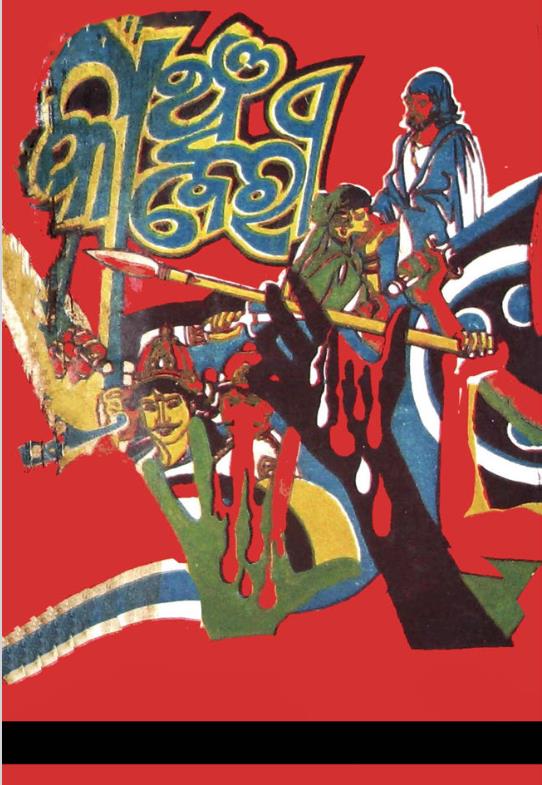Kanchi Kaberi, a notable book drama by Rama Shankara Ray, published in 1882, stands out as a significant work in the realm of Bengali literature and cultural expression. This work not only unfolds a captivating narrative but also reflects the socio-political context of the 19th century, marked by social reform and a thirst for cultural revival.
The title Kanchi Kaberi denotes the intertwining themes of love, devotion, and conflict. Set against a backdrop enriched with historical and mythological elements, the drama revolves around the lives of Kanchi, an embodiment of virtue and purity, and Kaberi, who represents worldly knowledge and ambition. Their characters portray the perennial conflict between spiritual aspiration and materialistic pursuits, a theme that resonates across time and cultures.
One of the central aspects of Kanchi Kaberi is its exploration of female empowerment and the role of women in society, which was particularly poignant during the era of its publication. Kanchi, the protagonist, is depicted as a strong-willed and deeply spiritual woman who navigates the challenges posed by societal expectations. She emerges as a symbol of resistance against patriarchal norms, asserting her agency and individuality. In contrast, Kaberi’s character grapples with societal demands while striving for personal identity, encapsulating the struggles of many women of the time.
The dialogue in Kanchi Kaberi is rich with poetic forms and cultural references, showcasing Ray’s mastery in weaving language that elevates the emotional intensity of the narrative. The interaction between characters is laden with philosophical undertones, inviting the audience to reflect on their lives and choices. The deft use of metaphors and lyrical expressions adds depth to the characters’ emotions, making their journeys relatable and poignant.
Moreover, the play employs sub-dramatic elements that introduce secondary characters which provide a broader perspective on the main themes. These characters embody various social roles and challenges, enriching the narrative tapestry. They serve not only to advance the plot but also to amplify the central conflict between the aspirations and limitations of the protagonists.
The historical context of Kanchi Kaberi is also significant. The late 19th century was a time of awakening in Bengal, characterized by prominent movements advocating for educational reforms, women’s rights, and social change. Ray’s work mirrors this cultural renaissance, presenting a narrative that encourages critical thinking about tradition and modernity. It becomes a mirror reflecting the struggles and aspirations of a society undergoing transformation.
Kanchi Kaberi ultimately serves as a rich tapestry of themes that transcend its historical context, speaking to universal issues of love, ambition, and societal norms. Rama Shankara Ray’s robust characterization, combined with his lyrical prowess, creates a compelling drama that not only entertains but also educates and inspires.
Additionally, the work remains relevant today, as it continues to engage readers and scholars interested in feminist themes, cultural identity, and the evolution of societal norms. Kanchi Kaberi is not just a historical artifact; it is a timeless exploration of the human spirit, making it a quintessential work in the canon of Bengali drama and literature. Through this drama, Ray invites us to reflect on our own narratives, bridging the past and present in a dialogue that is as vibrant today as it was over a century ago.
Books Info
| Books name | Kanchi Kaberi / କାଞ୍ଚି କାବେରୀ |
| Author | Rama Shankara Ray |
| No Of pages | 128 |
| Publisher | Books & Books Binodabihari |
| Publication | 1882 |
| Printed At | Hira Printing Warkers |
| Distributor | NA |

